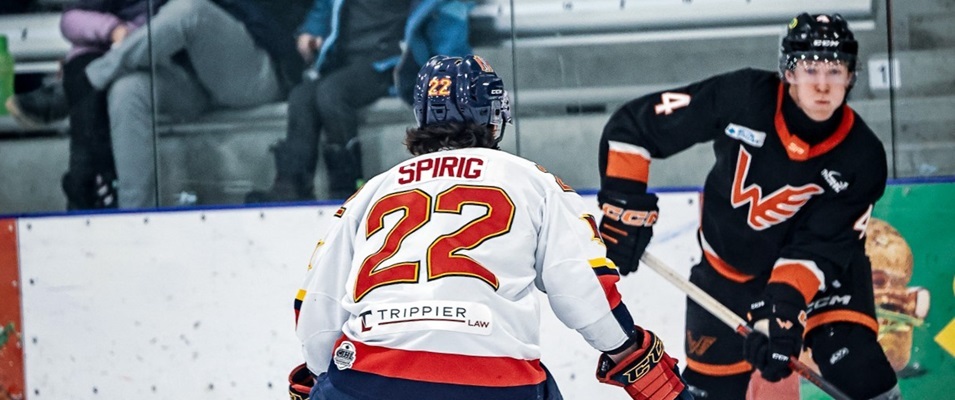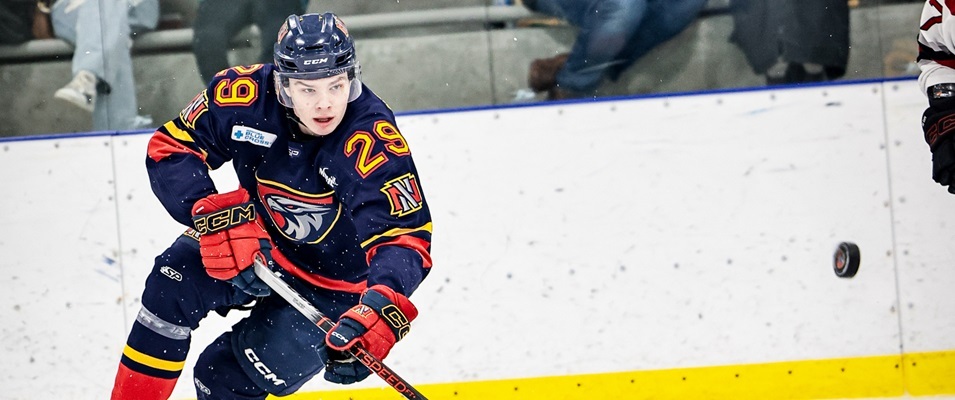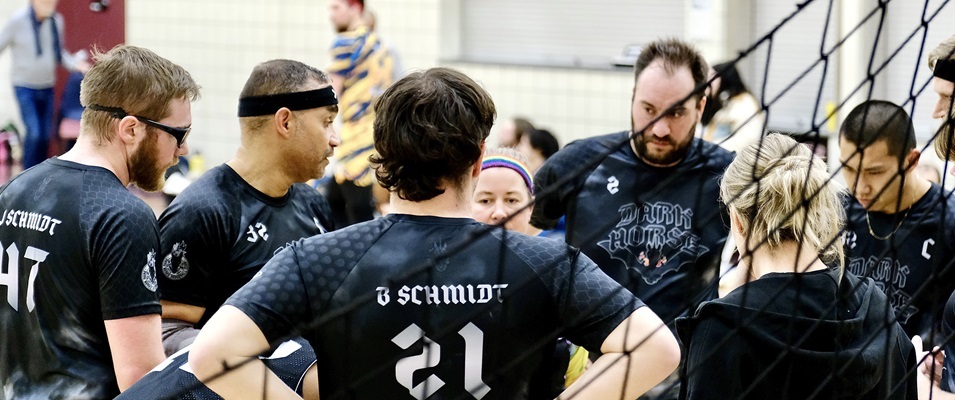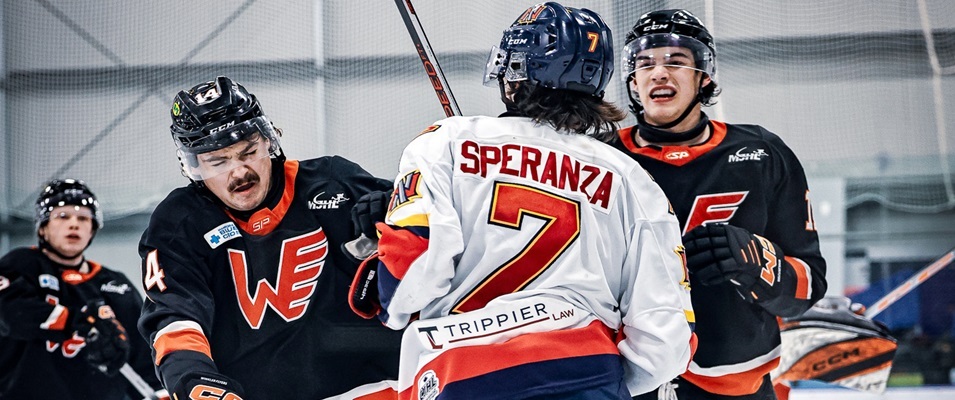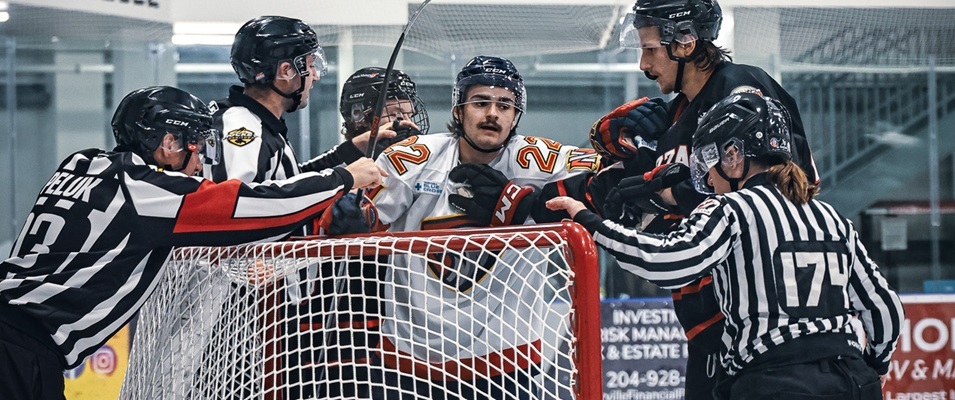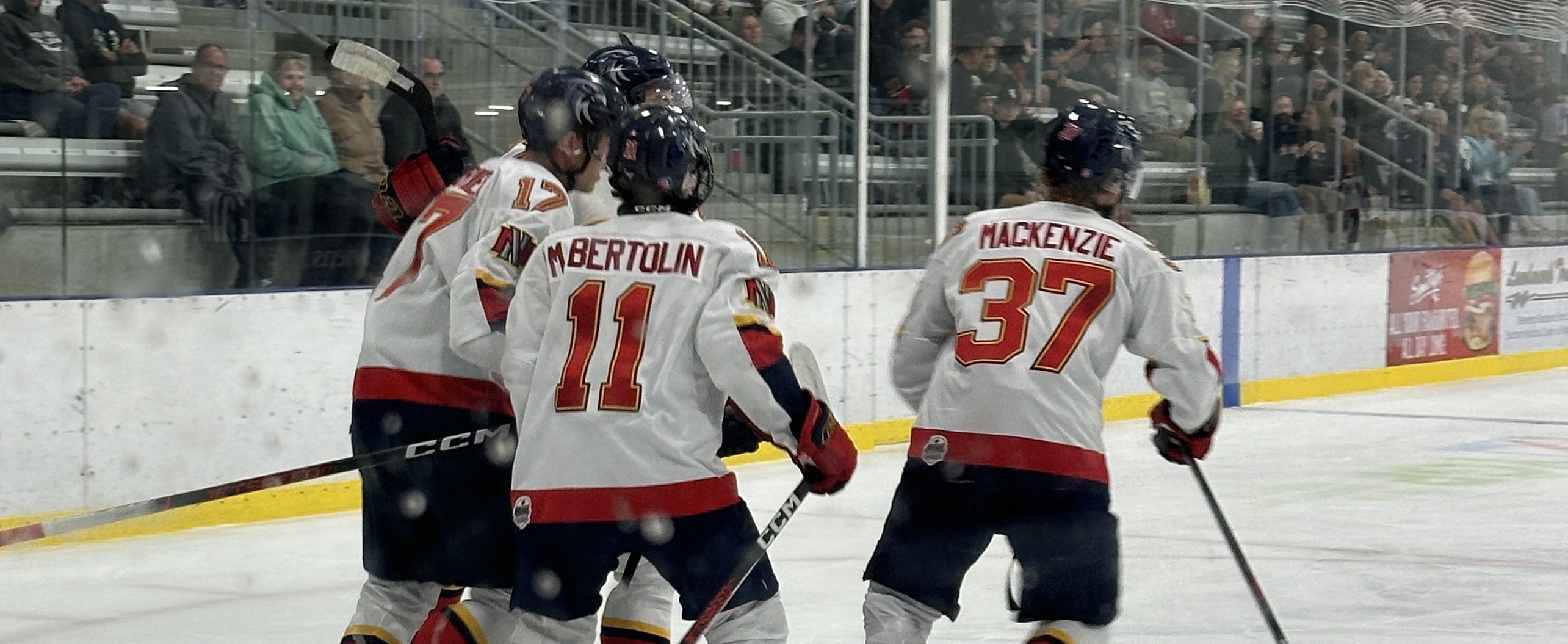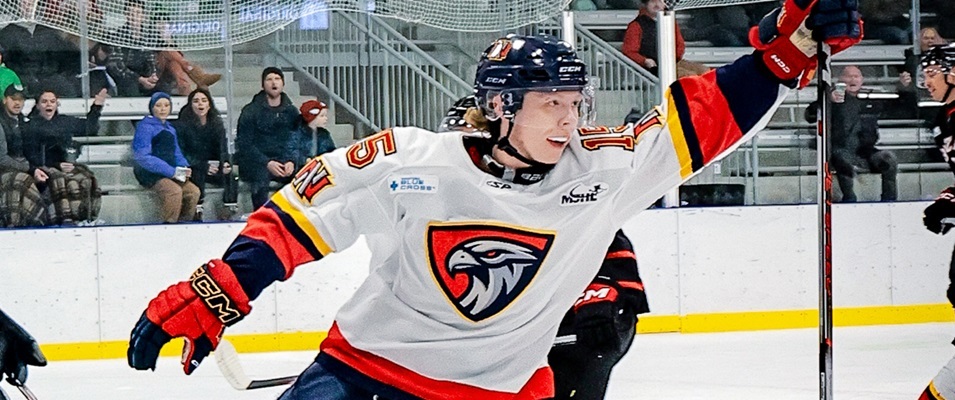One of the biggest issues plaguing the Jets since their return in 2011 has been their inability to stay out of the penalty box. Winnipeg leads the league in times shorthanded (1,577) and power play goals allowed (314) over the past six seasons.
Even though they’ve had lots of practice being shorthanded, it certainly hasn’t helped them improve their penalty kill numbers. They have the twenty-eighth ranked penalty kill since 2011 and it’s gotten worse in each of the last four seasons (83.2 percent, 81.8 percent, 78.4 percent, 76.7 percent).
The lack of discipline has been killing them for years, and it’s gotten worse since Paul Maurice took over from Claude Noel. The biggest culprit is arguably the team’s most important player: Dustin Byfuglien. Byfuglien leads the entire league in minor penalties since 2011 with 213. He’s currently second this year and has finished in the top ten in each of the last four.
Byfuglien logs a lot of minutes and plays a very unique style of hockey. Maurice has really let him do his thing since he arrived and has put more and more responsibility on Byfuglien every year. He leads the league in minutes played per game this year and has often played more than 30 minutes. Byfuglien is a tremendous talent and is crucial to the team’s success. He needs to realize how important it is to stay disciplined and not take that after-the-whistle roughing minor or retaliation slashing call.
A lot of this falls on Paul Maurice, too. How much is he really preaching discipline in the locker room? This parade of players to the penalty box needs to stop, and he needs to put more emphasis on the matter. Having Byfuglien in the penalty box so often doesn’t exactly help the penalty kill. He’s one of the Jets’ best penalty killers and can be a dominant defender when he wants to be. It’s too bad he can’t be out there to kill off his own lack of discipline.
Another defenseman with similar issues is Mark Stuart. Like Byfuglien, Stuart ranks among the top offenders with 134 minor penalties since 2011 (the twenty-eighth most). Stuart has been in a steady decline for years now and is probably nearing the end of his NHL career. He was a healthy scratch for most of the first half of the season, but injuries have forced him back into action. He’s being asked to kill penalties again and it’s been a struggle for him. He can still come up with a big blocked shot or two, but his overall game has slipped noticeably this season.
The penalty kill has looked good at times, but when things start to go bad, they go really bad. They’ve allowed three power play goals in a single game five times this year, and two of those games involved giving up all three in the second period. It happened once versus Florida in mid-December as Florida scored on three Toby Enstrom penalties in a span of eight minutes. It happened again in early March against the Penguins when Nick Bonino finished off a hat trick with two power play markers. Pittsburgh would actually score four in the period on their way to a convincing 7–4 win.
Sometimes the best penalty killer is your goalie. That just hasn’t been the case enough for Winnipeg this year. Hellebuyck and Hutchinson have struggled as the last line of defence, with both posting save percentages in the .860 range when shorthanded. In comparison, some of the top shorthanded save percentages belong to Roberto Luongo (.920), Sergei Bobrovsky (.904) and Frederik Andersen (.903).
Winnipeg has actually been pretty good at five-on-five over the years, and especially good at four-on-four. The special teams need to get better, though, and the penalty kill in particular needs a lot of improvement. The Jets need to either start taking penalties less frequently or improve their ability to kill them off. Improving in one would be nice, but to become an elite team they will definitely need to do both. Combining better discipline with better defending in general will be crucial for this team if they want to get back into the playoffs next year.





